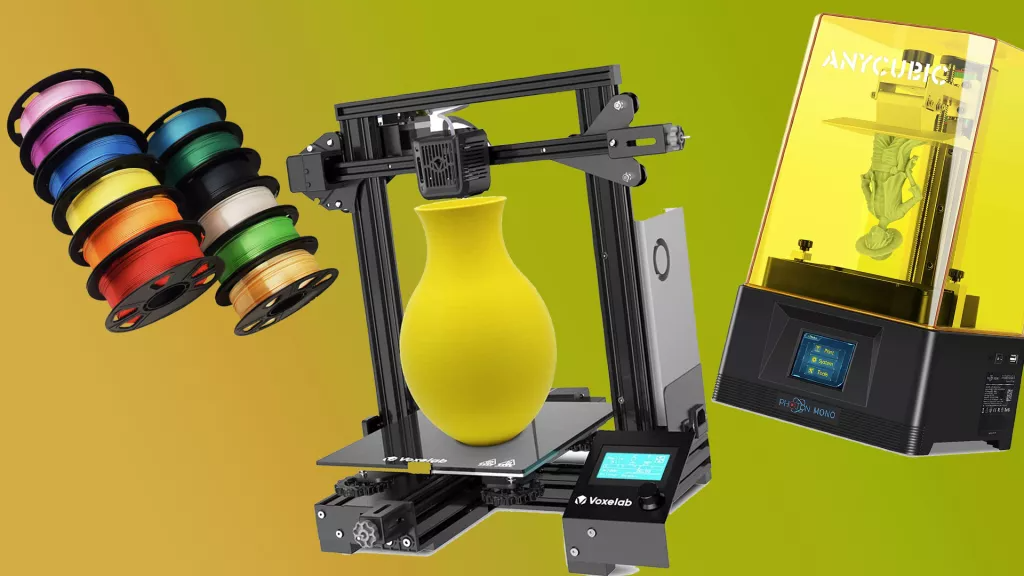Engineers from MIT, including team leader Siddharth Krishnan, are paving the way when it comes to 3D printed medicine. The team recently created a chip with a 3D-printed component that can be embedded under the skin. This 3D-printed mechanism is able to release medicinal contents when the device is triggered by a wireless command.
According to the news publication shared by MIT, there are potential use cases for this technology in quite a few areas of medicine. For example, the device could be used to help diabetic patients receive critical doses of medicine automatically when they need it. It can also be used to deliver medicine to patients while they sleep.
In the case of diabetic patients, the chip is designed to hold powdered glucagon inside a 3D-printed reservoir. The patient’s blood sugar can be monitored separately and remotely. If the blood sugar drops too low, the chip can be triggered wirelessly to release the glucagon when the patient needs it most.
Don’t miss these
-
![]() Best 3D printer deals — deals on Bambu Lab, Prusa, Creality, Elegoo, and more
Best 3D printer deals — deals on Bambu Lab, Prusa, Creality, Elegoo, and more -
 Where to buy Nintendo Switch 2 microSD Express cards 2025
Where to buy Nintendo Switch 2 microSD Express cards 2025 -
![]() Best gaming graphics card deals 2025 — deals on cheap Nvidia, AMD, and Intel gaming GPUs
Best gaming graphics card deals 2025 — deals on cheap Nvidia, AMD, and Intel gaming GPUs
The 3D printed reservoir is closed using a nickel-titanium alloy. The chip can be programmed to heat this alloy when wirelessly triggered, which causes the alloy to bend into a U shape. This releases the medicine into the patient’s body. At the moment, the chip is a work in progress, but it’s still far enough along to support multiple doses.


